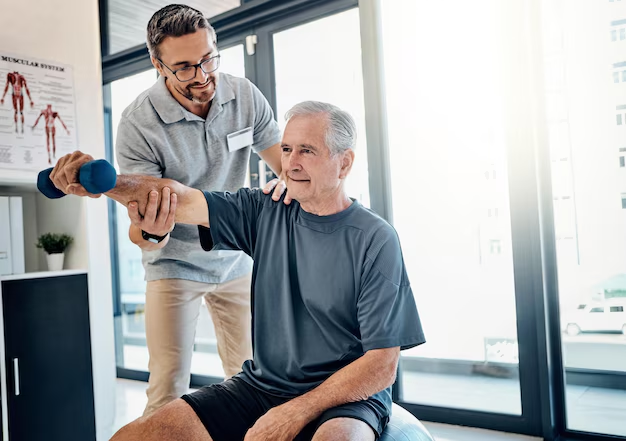Discover the Life-Changing Benefits of Physical Therapy for Seniors
As we gracefully age, maintaining our health becomes increasingly essential to enjoying life’s golden years. Physical therapy can be a powerful tool in this journey, offering mobility, independence, and rejuvenation for seniors. Let's explore how this transformative practice has become a cornerstone of senior health and well-being.
Understanding the Role of Physical Therapy
Physical therapy is not just about rehabilitation after an injury. For seniors, it extends into a realm of proactive health benefits, focusing on improving strength, balance, flexibility, and overall functionality. A qualified physical therapist can tailor exercises that make daily activities easier, delay the onset of chronic conditions, and significantly reduce the risk of falls—a major concern for older adults.
Key Benefits for Seniors:
- Pain Management Without Surgery: Regular sessions can alleviate arthritis pain, joint inflammation, and muscle discomfort, minimizing the need for invasive procedures.
- Enhanced Mobility and Balance: Targeted exercises strengthen bones and muscles, improving balance and mobility and helping prevent falls.
- Chronic Condition Management: Physical therapy can help manage chronic conditions like osteoporosis, diabetes, or heart disease while promoting physical activity and preventing further complications.
- Post-Surgery Recovery: For those who undergo surgeries such as hip or knee replacements, physical therapy accelerates recovery and restores function.
Making Physical Therapy Accessible
While the benefits of physical therapy are clear, accessibility remains a challenge for many seniors. Fortunately, there are numerous support systems available:
Financial Assistance and Support Programs
Navigating financial constraints can deter seniors from seeking physical therapy. However, various government and community-based programs provide aid:
- Medicare and Medicaid: These programs often cover physical therapy services, subject to certain conditions like doctor's recommendations and session limits.
- Veterans Affairs (VA) Benefits: Veterans can access physical therapy through VA healthcare services, offering them tailored support based on their needs.
- Non-Profit Organizations: Groups such as the National Council on Aging offer grants and funding to make physical therapy more affordable.
Empowering the Elderly Through Knowledge
Education plays a pivotal role in encouraging seniors to pursue physical therapy. Workshops, online resources, and community groups help demystify the process, inspiring confidence and commitment.
Practical Steps for Seniors:
- Consult Your Doctor: Discuss your conditions and get a referral to a recommended physical therapist.
- Explore Local Services: Look for clinics and therapists who specialize in senior care.
- Consider Home Programs: For added convenience, many therapists offer home visits or online sessions.
Beyond Physical Therapy: Exploring Additional Resources
Navigating the healthcare landscape can open doors to a range of helpful resources:
- Debt Relief Options: For those with medical debt, consulting financial advisors or accessing debt relief programs can alleviate stress.
- Credit Card Solutions: Balance transfers or zero-interest credit card options can help manage healthcare expenses.
- Educational Grants: For seniors interested in further education, grants can provide opportunities to learn about personal health and wellness.
By embracing the full spectrum of available support, seniors can transform their quality of life, finding joy and independence with every step they take.
Useful Resources for Seniors
- 🏥 Medicare & Medicaid: Coverage for therapy services
- 🎖️ VA Healthcare: Specialized benefits for veterans
- 🏘️ Local Non-Profits: Grants and financial aid options
- 💸 Debt Relief Programs: Assistance with managing medical debt
- 💳 Credit Solutions: Balance transfers, zero-interest cards
- 🎓 Educational Grants: Learning opportunities for health and wellness
With these resources, seniors can make the most of physical therapy and other supportive programs to thrive in their golden years.

- Dental Care Services
- Understanding Prescription Drug Coverage For Seniors
- Navigating Health Insurance Plans Tailored For Seniors
- Understanding The Role Of Primary Care Physicians Specializing In Geriatrics
- Comprehensive Guide To Maintenance Services For Seniors: From Lawn Care To Home Repair
- Navigating The World Of Housekeeping Services For Seniors
- An Expansive Guide To Home Modification Services For Seniors: Starting With Grab Bars And Beyond
- Understanding Respite Care Facilities For Seniors
- Navigating Assisted Living Facilities: A Comprehensive Guide For Seniors
- Your Ultimate Guide To Retirement Communities For Seniors